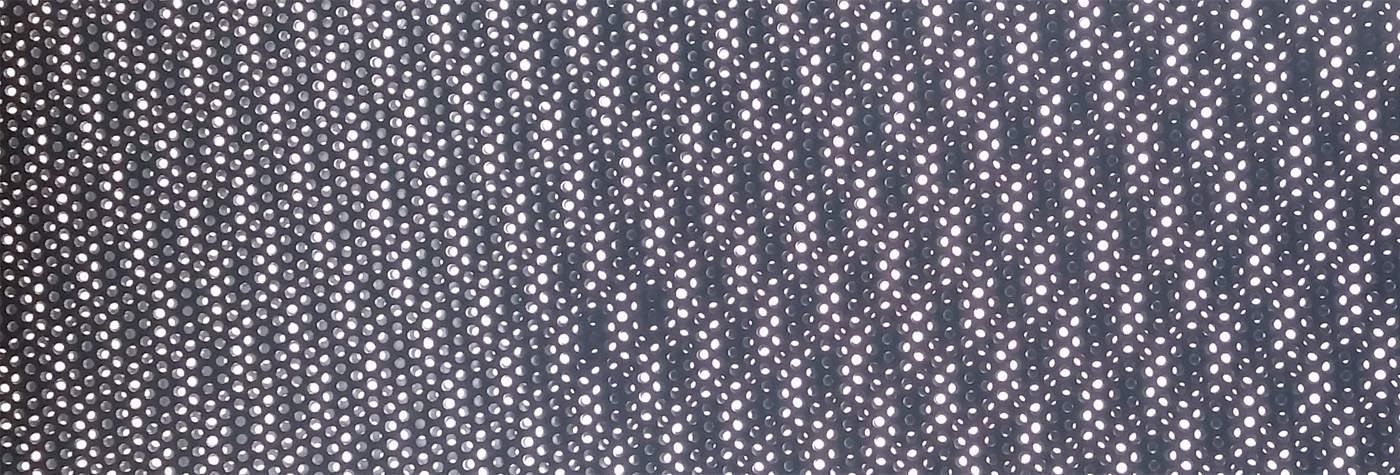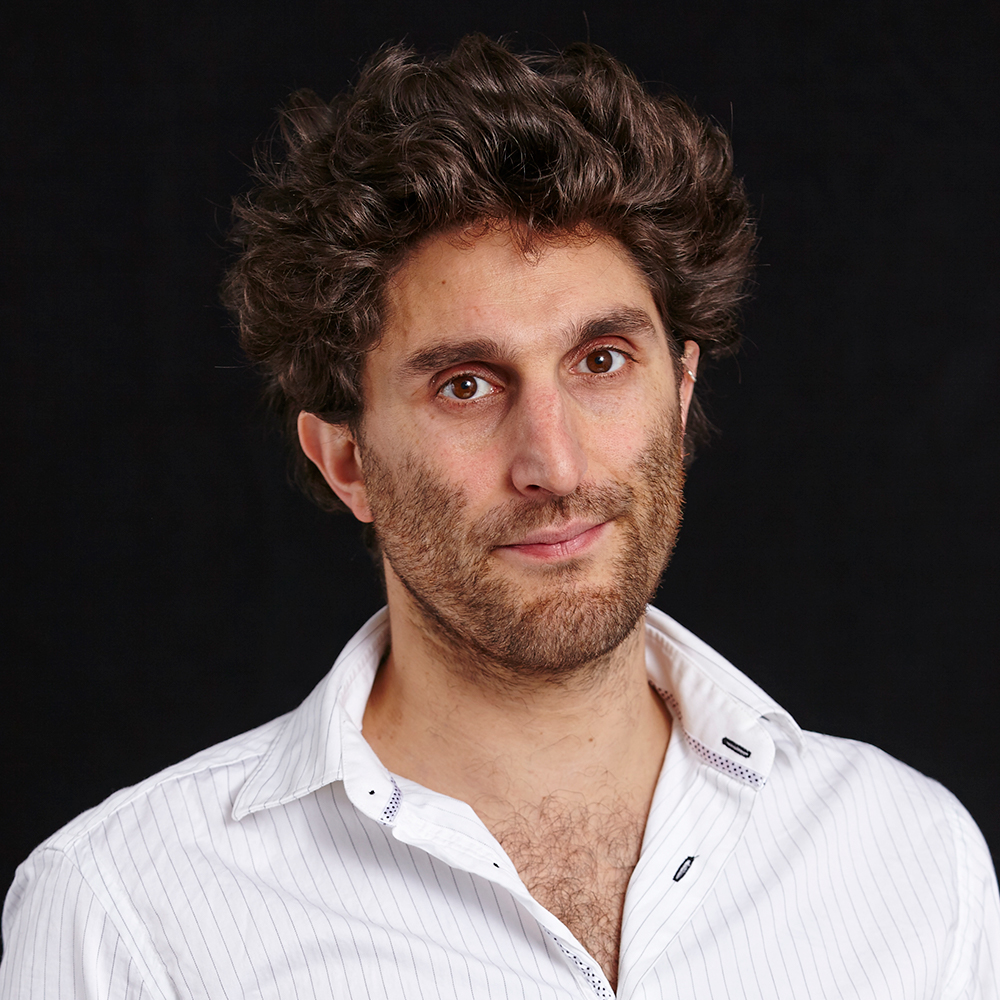Moiré Screens
The MAX:R+I team undertook a body of research and development into the properties of moiré patterns and their potential for applications in architectural screens, lighting and ventilation design.
We presented 'Moiré Screens' as an interactive exhibition at the Process series of events by Scene.
A moiré pattern is formed when a repeating pattern is overlaid with another one, which may be the same, or different to the first one. A new pattern, the moiré appears as the sum of the two layers. Moiré patterns are fascinating because their forms are often unexpected and completely different to either of the constituent patterns.
The term moiré derives from the banding patterns that form on the surface of moiré silk when the fabric is twisted or curved. By accident or intention, moiré patterns are everywhere. Sometimes they are considered undesirable - for example in poor registration of dot matrix print layers or low resolution computer screen graphics. Sometimes they’re created intentionally, such as in op-art. In other cases, like the two overlapping fences below, they just exist.
.jpg)
In this project we experimented with and analysed the properties of moiré patterns. We developed an understanding of their light transmission and airflow properties and applied this to the design of architectural screens. We looked at static patterns but were particularly interested in the properties and applications of modulating patterns, where one layer moves relative to the other. From seemingly mundane grids, as a layer moves the moirés appear; new patterns of bands, stripes and shapes that ripple, vibrate and undulate. The effects are not only beautiful and mesmerising but also potentially useful.

-
ARCHITECTURAL SCREENSView
-
PATTERN OPENNESS AND LIGHT TRANSMISSIONView
-
AIRFLOWView
-
APPLICATIONSView
-
PROCESS EXHIBITIONView










.jpg)